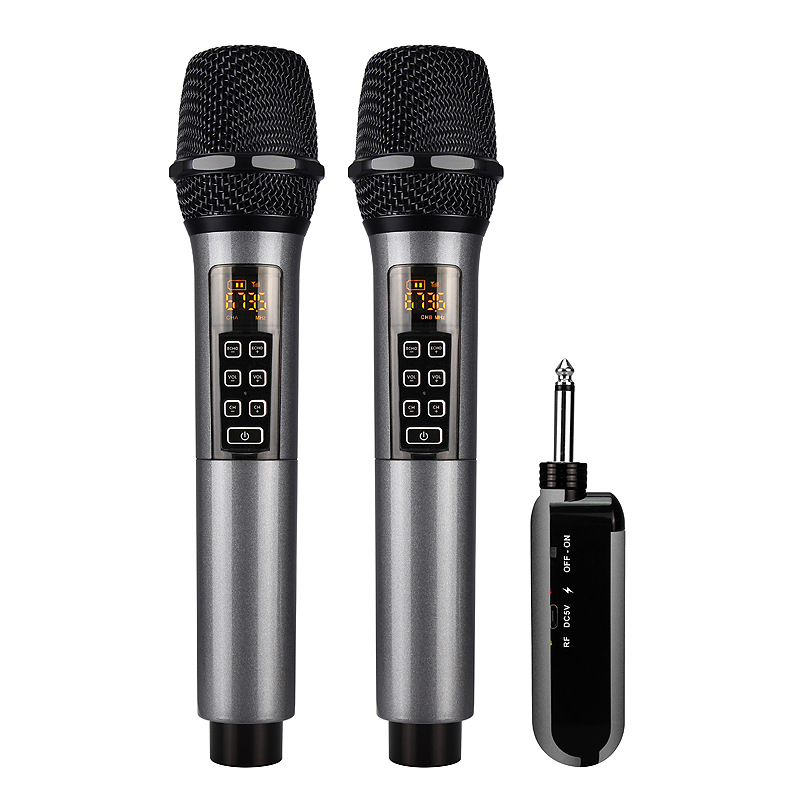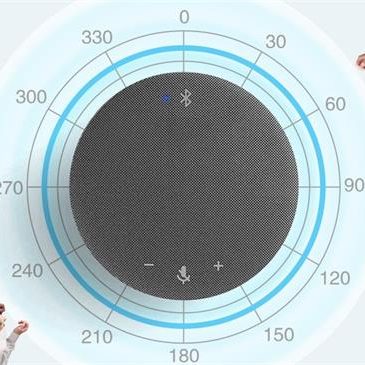




Product Description
| Toys Type | Microphone |
| Features: | Card, radio, voice prompt, call function |
| Product size: | |
| Weight: | |
| Color: | Blue, Black, Rose Red, White, Yellow r |
| Packaging: | Printing boxes, With gift box |
| Interface Type: | USB |
| Custom Service: | Support custom logo and packaging |
| Frequency Range: | 40Hz-20KHz |
| Battery Capacity: | 4000 |
| Signal-to-noise ratio: | ≥75dB |
| Feature: |
Microphone classification
Microphones can be divided into two types, electric microphones and condenser microphones, according to their energy conversion principles. Among them, the electric type can be subdivided into dynamic microphones and ribbon microphones [2].
Common types of commercial microphones include condenser microphones, crystal microphones, carbon microphones, and dynamic microphones. Commonly used condenser microphones use two types of energy sources: DC bias power and electret film. Both condenser microphones and crystal microphones convert sound energy into electrical energy to generate a changing electric field. The carbon microphone uses a DC voltage source to change its resistance through sound vibration, thereby converting acoustic signals into electrical signals. Condenser, crystal, and carbon microphones all generate a voltage signal proportional to the displacement of the sensitive membrane, while dynamic microphones generate a voltage signal proportional to the vibration rate of the sensitive membrane. Dynamic microphones use permanent magnets as energy sources and convert sound energy into electrical energy based on the inductive effect.


















